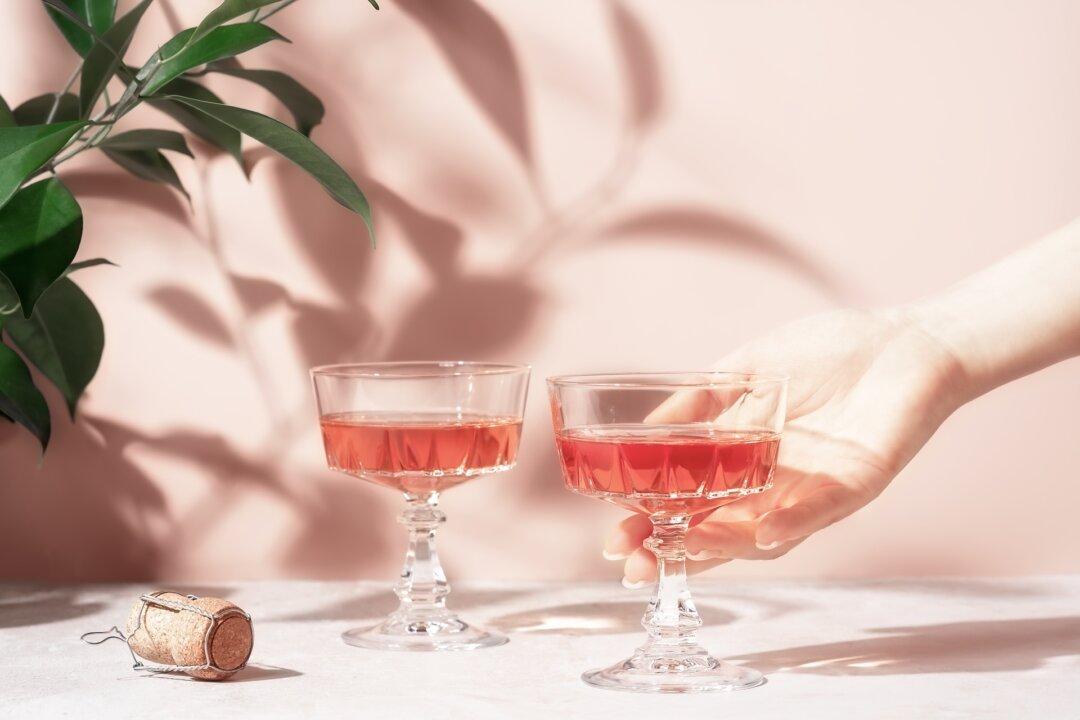From the end of Prohibition (1933) until Robert Mondavi founded his Napa Valley winery (1966), the wines that most Americans consumed had roughly 18 percent alcohol and had brandy added to them. Dry table wines almost did not exist in this country.
The damage that Prohibition did in the United States to the dry wine industry has been with us for more than a century, most notably in our understanding of wine with food. For the most part, post-Prohibition Americans understood very little about wines that go with food.
So much of the wine we drank after Prohibition was sweet because technology did not exist to the degree it does today. Most wines were fortified. We had port, tokay, madeira, and lots of other odd, generic sweet wines.
By 1970, dry wine was making a major impact in our culture, and the quality of those wines improved dramatically. In the last 50 years, our domestic dry wines have become superb. But sweet, fortified dessert wines are now an afterthought.
Which is, frankly, too bad. It is definitely a category of wine that needs to be explored, because properly made sweet wines can be an absolute joy. I simply adore finishing a wonderful meal with a sip of a carefully made dessert wine.
About 50 years ago, Andy Quady got a similar notion and began making sweet dessert wines in the San Joaquin Valley. It all started when Sacramento wine merchant Darrell Corti told Quady, a UC Davis graduate, that he ought to make a port from zinfandel.
Quady did, Corti stocked it and savvy consumers found that the wine was exceptional. This launched Quady into an investigation of all kinds of dessert wines. Today, he celebrates 50 years in the business as one of the few dessert-wine specialists in this country.
Making dessert wine is far more complicated than most people realize. The producer must adhere to sound winemaking techniques, in which an obvious pitfall is spoilage.
Quady’s wines are always precise and delightfully flavored. I have never tasted a Quady dessert wine that was not exemplary and much better than I ever anticipated.
His secret, among others, is that the wines are always impeccably balanced with great acidity, so the sugars are never out of balance.
What is fascinating about this project is that Andy seems to have an unending curiosity about how to push the envelope and develop remarkable products, most of which have no particular counterpart in the old world.
Take, for example, a wine called Electra—four of them, actually. Electra Moscato is slightly sparkling with flavors of fresh peach and lime; a red version has more aromatics of berries; and Electra Black has more dark fruits. All of the Electra wines are $15.99.
Orange muscat is a unique grape that Andy uses to make a fascinating spiced white wine called Essensia ($23.99). Perhaps the most alluring of all of his exotic dessert wines is Elysium, which has the aroma of boysenberry and black cherry.
Andy, who just turned 80, also makes two sensational vermouths, world-class port-style wines and a dozen other exciting dessert wines. With production now up to more than 150,000 cases per year, Quady wines may be found throughout the United States.







